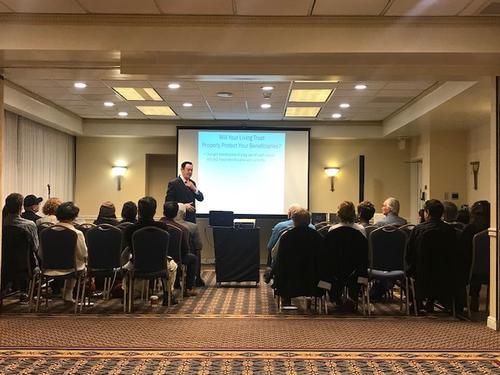The IRS and Collectible Assets
The federal government is not interested in childhood stamp collections with little appraisable value. However, the IRS does have clear requirements for:
Estates Possessing Collectibles of Artistic or Intrinsic Value in Excess of $3,000
If an estate holds collectibles valued over $3,000, the estate executor must file a return accompanied by a professional appraisal. The executor must also include a self-attested statement that the list of collectibles is exhaustive and the appraiser qualified by an appropriate authority. An appraisal is also required if the aggregate value of the collection is over $10,000.
Estates Possessing Collectibles of Artistic or Intrinsic Value in Excess of $20,000
If an estate holds collectibles that could be valued over $20,000, the executor must file an estate tax return and include with their appraisal information such as the name of the creating artist or artists, the medium of the artwork, its place and origin, a record of any exhibitions, its distinguishing features, physical condition, documented history, age, and a professional-quality photograph.
If an estate has collectibles with a value in excess of $50,000, the estate executor may request a “Statement of Value” from the IRS which assists in substantiating the total value of works of art, including paintings, prints, antique furniture, and antique jewelry.
While Statements of Value are not required in estate filings, they can help determine the value of certain items. However, if a Statement of Value is requested, it must be included with an estate tax return.
How to Account for Artwork in an Estate Plan
If your artwork could be of interest to the IRS, you need to create an estate plan that reduces any potential problems. You might consider:
- Requesting certificates of authenticity for any financially valuable artworks
- Keeping records of any purchased or traded collectibles
- Asking a qualified expert to appraise your value collectible or collection
- Pre-empting any succession disputes by speaking to your heirs about which collectibles are of greatest emotional value to them
You may also have options to keep your collectibles away from the IRS. You could:
- Take advantage of annual or lifetime gift exemptions to disburse inheritable collectibles without a tax penalty while you are still alive.
- Donate the artwork to a charity. Doing so could help you claim significant exemptions on your personal tax returns.
- Sell the collectibles. If you do not wish to pass on your artwork to another generation, you could sell the assets to present your heirs or a preferred charity with a cash gift.
- Transfer the artwork to the possession of a trust or limited liability company (LLC), which could disburse the collectibles to your loved ones after your death. Since artwork can be subject to capital gains taxes, you should consult an estate planning attorney to determine which strategy is best for you.
|
Related links: |





